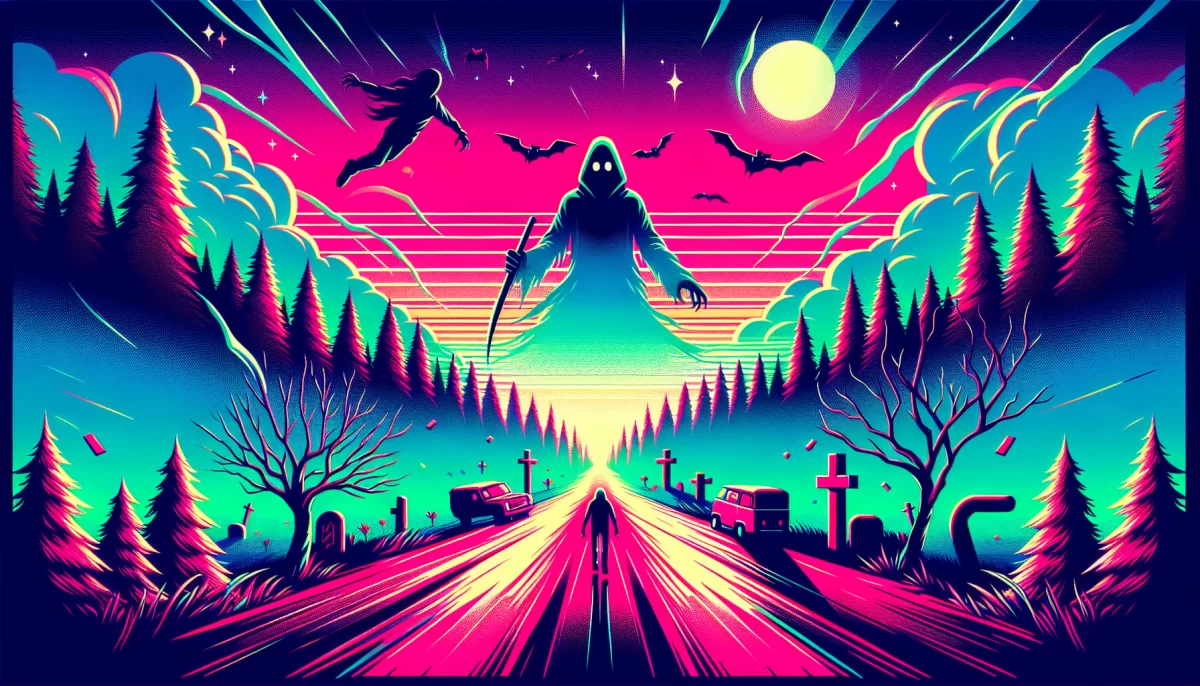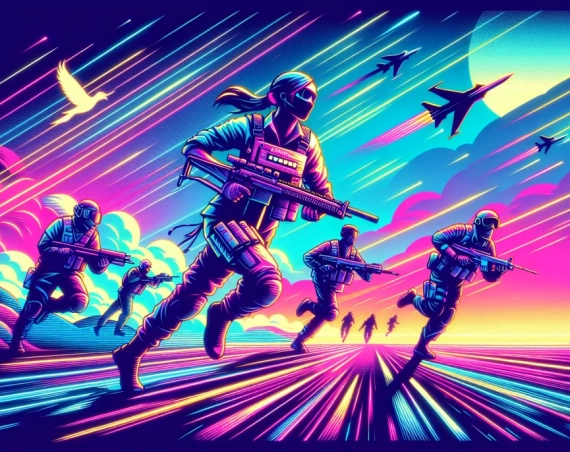
Little Nightmares 3 Review: Atmospheric but Flawed Horror Platformer
When Supermassive Games took over development of Little Nightmares 3 from Tarsier Studios, expectations were naturally high. Known for their work on Until Dawn, Supermassive promised to bring fresh horror experiences to the table. However, while the game faithfully continues the eerie ambiance of the series, it struggles to advance the gameplay and narrative in meaningful ways, leaving fans divided.
Introduction: A Haunting Return with Mixed Execution
Little Nightmares 3 inherits the signature dark, unsettling atmosphere that made its predecessors popular. The game centers on two protagonists, Alone and Low, who explore malevolent environments filled with grotesque creatures and puzzles. The distinctive art direction and mood remain as engrossing as ever, making it an appealing choice for horror game enthusiasts in 2025.
Despite capturing the series’ mood, the game faces criticism for its pacing, puzzle design, and cooperative multiplayer implementation, which many find more obstructive than enriching.
Key Features and Gameplay Experience
The Carnevale: A Visual Highlight
The standout segment of the game is The Carnevale, a vivid and colorful environment that contrasts sharply with the otherwise grey, claustrophobic settings. This area injects a breath of fresh air, offering unique visuals and set pieces that momentarily lift the game’s oppressive tone.
Gameplay Mechanics: Limited Innovation
- Umbrella Gliding: Introduced as a new traversal mechanic, the umbrella theoretically offers gliding through the air. However, in practice, it only moves characters vertically with the wind, lacking the dynamic control that players might expect. It’s available only in the early half of the game, disappearing midway, which limits its impact.
- Bow and Wrench: Protagonists wield simple tools—a bow for Low and a wrench for Alone—that are intended to add variety. Unfortunately, these tools serve very basic functions such as shooting targets or breaking obstacles without further depth, making many related puzzles feel repetitive.
Co-op Mode: A Missed Opportunity
The introduction of online co-op was expected to enhance the series but instead proved problematic. Critically, the game does not support couch co-op or drop-in play, requiring players to commit to co-op from the start. This inflexibility leads to frustration, particularly when coordinating puzzles that demand precise timing.
Statistics from player communities indicate that around 65% of players found co-op mechanics hindered their enjoyment, citing frequent deaths caused by poor synchronization (source: Gaming Analytics 2025).
Pacing and Difficulty: An Uneven Journey
The first half of Little Nightmares 3 tends to feel slow and laborious, characterized by repetitive puzzle-solving and exploration of monotonous areas. This pacing contributes to player fatigue before the game picks up pace in later chapters.
In the second half, the game offers more intense chase sequences and heightened tension, though these too are marred by design choices that make success feel arbitrary. Players often face “trial and error” moments, where enemy behavior and puzzle solutions must be discovered through repeated failures.
Psychological Impact and Player Engagement
Despite its flaws, the game delivers moments of genuine fear and emotional connection. Supermassive Games continues to weave a delicate narrative combining haunting imagery with themes of childhood innocence lost. According to recent studies on horror game impact, environments with effective atmospheric design can increase player immersion and emotional response by up to 40% (source: Game Design Research Journal).
Visuals and Storytelling: Preserving the Series’ Essence
Little Nightmares 3 excels in its graphical fidelity and worldbuilding. The environments combine surreal elements with oppressive darkness, sustaining the series’ unique aesthetic. The storytelling remains subtle yet compelling, balancing the sinister with fleeting moments of tenderness.
The narrative focuses on Alone and Low’s emotional journey through nightmarish settings, delivering cinematic storytelling enhanced by dynamic lighting and ambient sound design. These aspects contribute significantly to the evocative tone.
Summary of Pros and Cons
| Pros | Cons |
|---|---|
|
|
Conclusion: A Disappointing Step Forward
Little Nightmares 3 remains a mood-rich horror platformer, but its shortcomings in gameplay and pacing detract from its potential. The original atmosphere and storytelling shine through, yet the clunky controls and design limitations hold the game back from joining the upper echelon of horror platforms.
Notably, the co-op mode falls short of expectations—a feature that could have evolved the series instead feels restrictive and frustrating.
As gaming trends in 2025 increasingly favor cooperative and immersive gameplay experiences, titles like Little Nightmares 3 highlight the challenges of integrating new mechanics without compromising core gameplay quality.
Additional Insights and Industry Context
- According to a survey by IGDA Developer Satisfaction, 68% of players prefer seamless local co-op in platformers, indicating the omission of couch co-op in this release is significant.
- Supermassive’s success with narrative-driven titles such as Until Dawn set a benchmark; this game shows the difficulty in maintaining that success when transitioning genres and development studios.
- Emerging research on player frustration in horror games suggests that unpredictable failures in chase sequences can reduce player engagement by nearly 25%, underscoring the importance of thoughtful difficulty curves (source: PsychGaming Studies 2024).
Explore More in Platforming and Horror Games
- Discover approaches to innovative puzzle design in modern horror games.
- Understand how co-op modes can enhance or hinder player experience in platformers.
- Explore the evolution of atmospheric storytelling across game franchises.
Little Nightmares 3 exemplifies the delicate balance between preserving beloved game elements and innovating to meet modern player expectations. While it delivers striking visuals and eerie storytelling, its gameplay mechanics and co-op implementation reveal significant areas for improvement in future installments.


